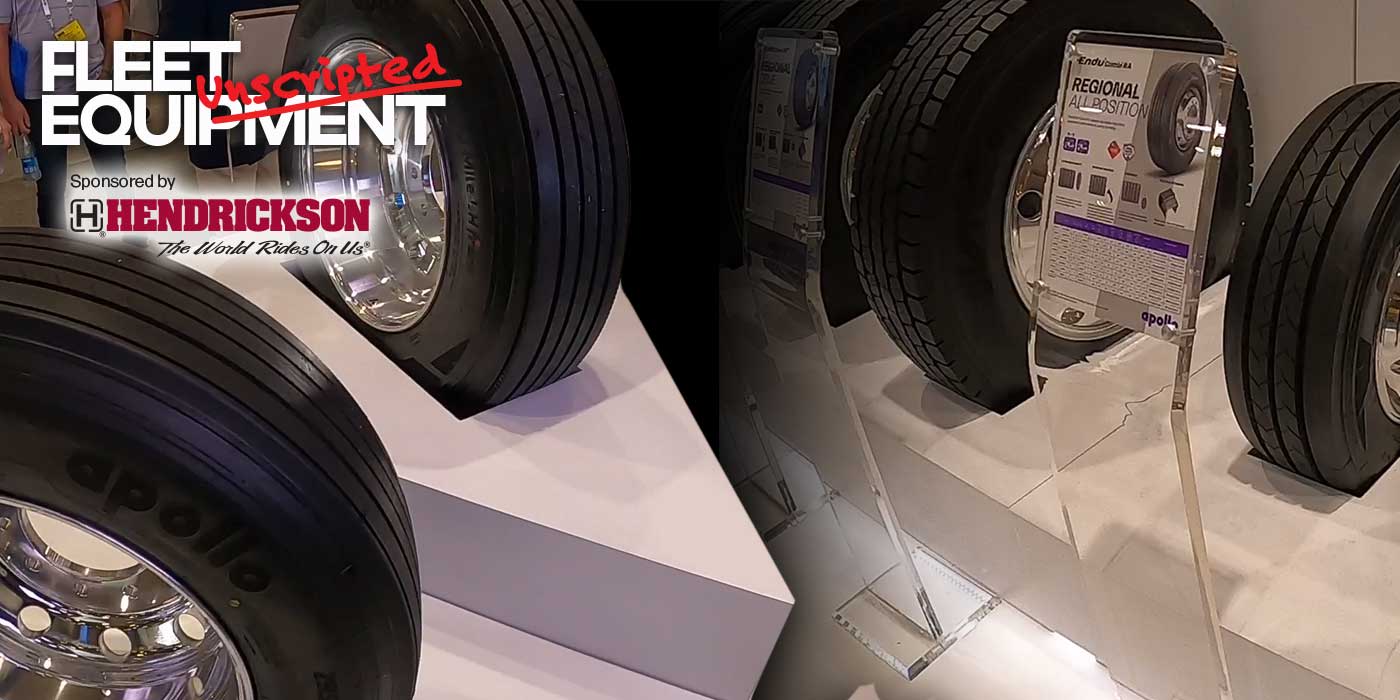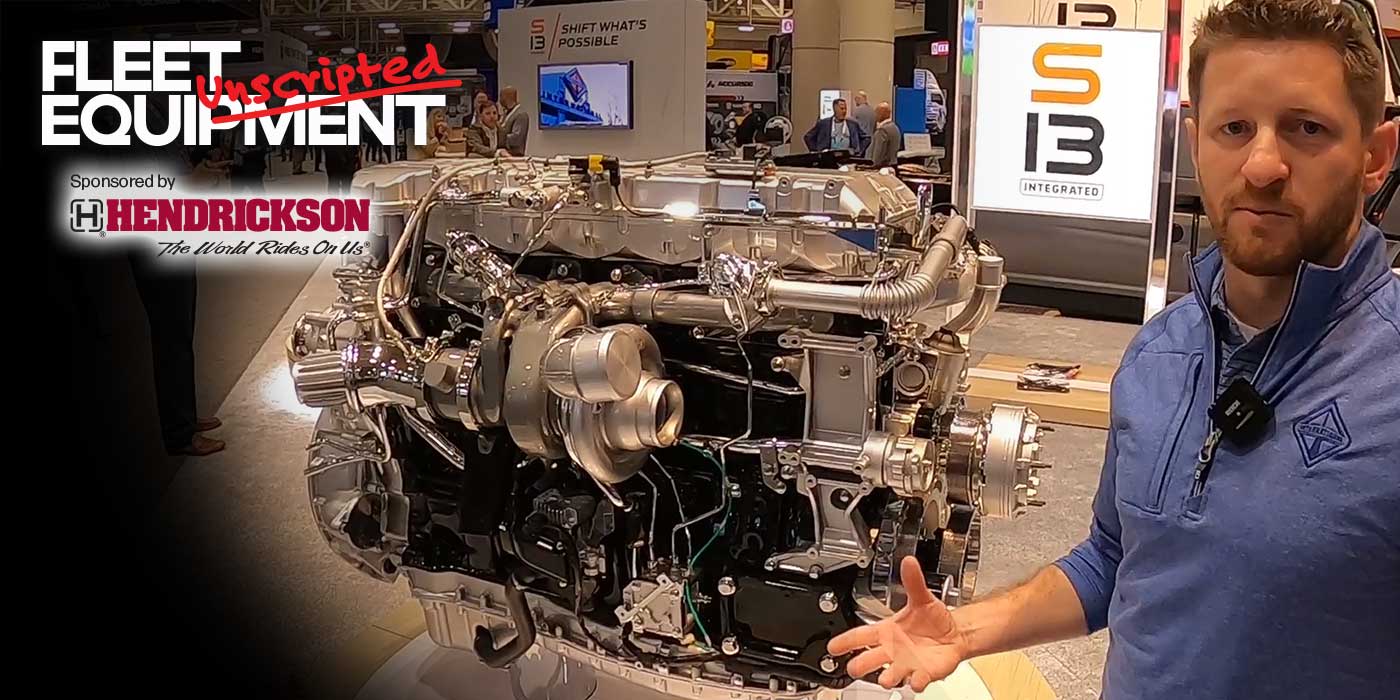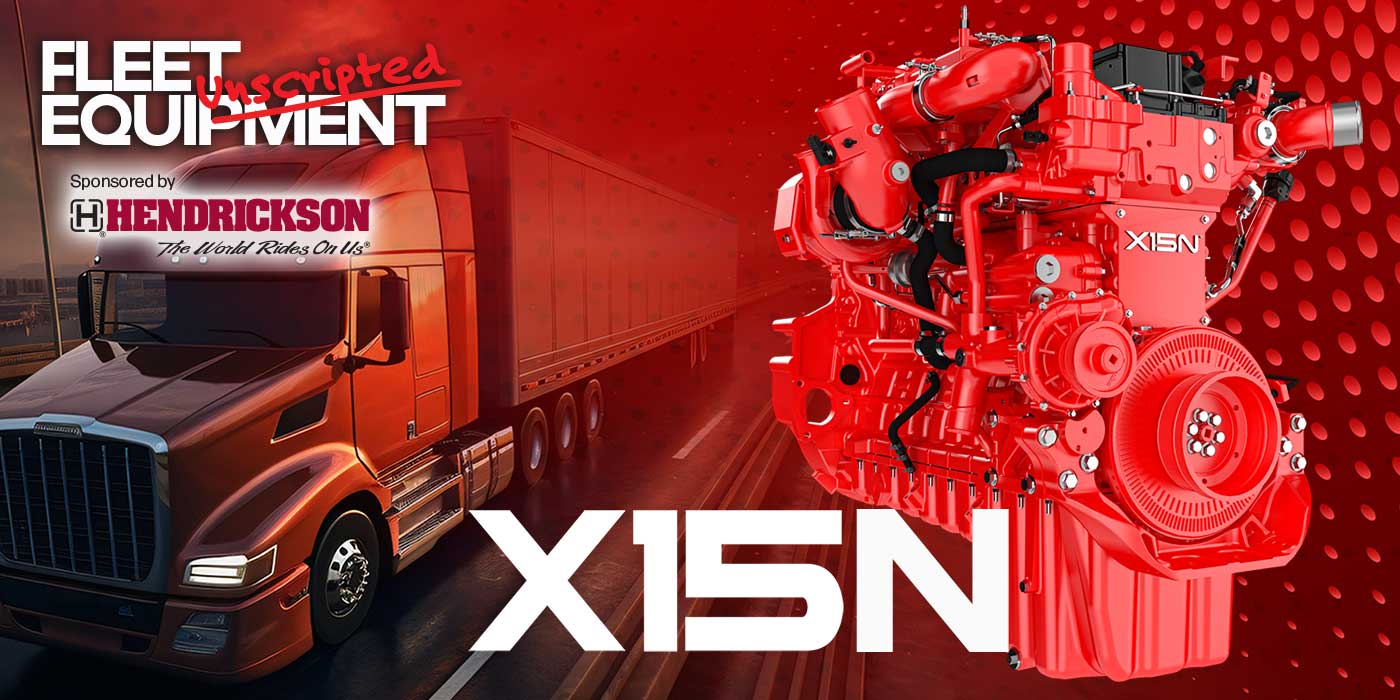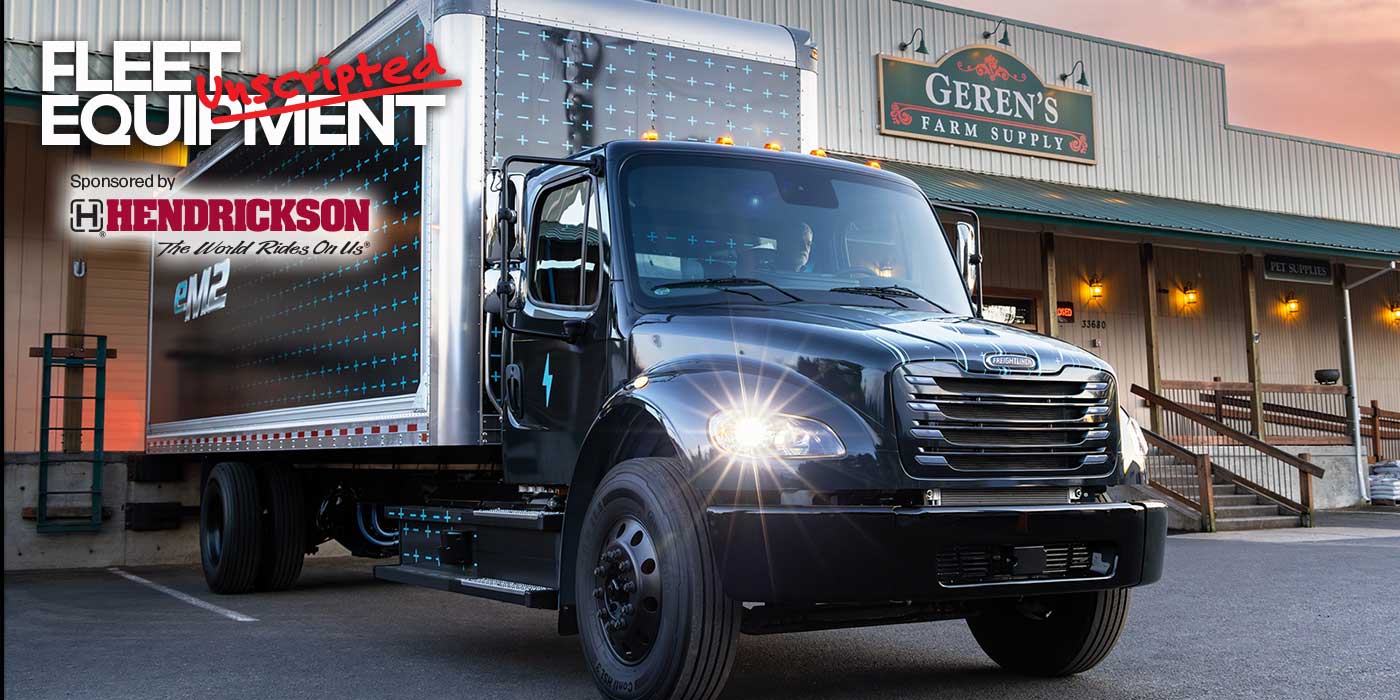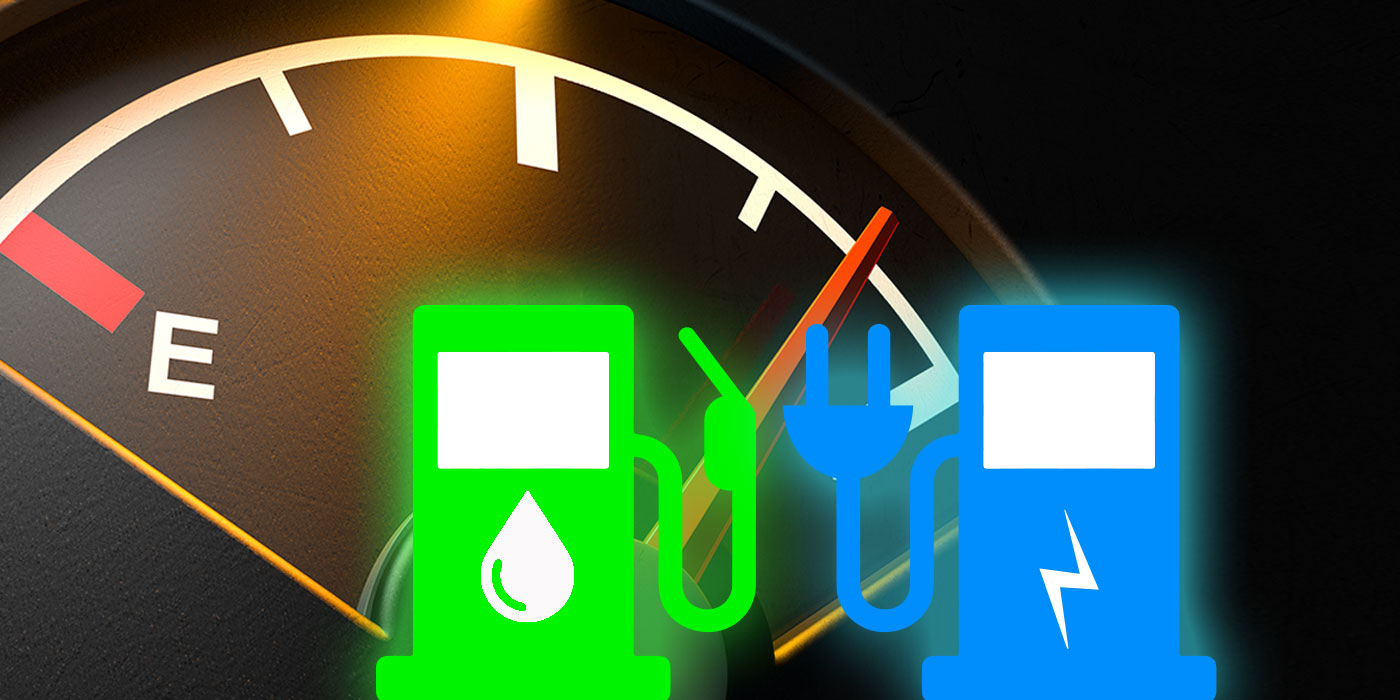The common truck tire creation adage used to be: Lower rolling resistance and increased efficiency come at the cost of tire durability. Today, that adage might not hold so true. New truck tire technology—in both the casing composition and tread design—are reducing tire design and manufacture trade offs to produce tires that are more efficient and meet durability demands.
“Historically speaking, it’s always been a trade-off, but technology has increased so dramatically that we’re able to make some adjustments with our compounding, specifically using dual compounding in our tires,” confirmed Valentino Faraone, regional vice president, new product development manager, Double Coin Tires.
In dual compounding, the bottom layer, known as the base or cooling compound, is engineered to reduce heat buildup during tire operation. Heat generation is a common byproduct of tire friction with the road surface, and excessive heat can accelerate tire wear and reduce fuel efficiency. The top layer, referred to as the cap compound, is tailored to address specific application requirements. This customizable layer enables manufacturers to fine-tune the tire’s performance characteristics, such as traction, water evacuation, and overall grip, depending on the intended use of the tire.
“Computer systems allows us to put tires through different design simulations,” Faraone noted. “With advanced testing processes, we can put the tire into real-world situations to see how it performs before it actually gets out on the road. So, we’re really able to meet the needs of applications without them really having to make a longevity sacrifice.”
It goes even further to improve retreading practices and overall truck tire total cost of ownership. Watch the video above for all of Faraone’s truck tire technology insight.

No script? No plan? No problem. Welcome to Fleet Equipment Unscripted—the video interview series that connects you with the greatest minds in the heavy-duty trucking world. Fleet Equipment Unscripted is sponsored by Hendrickson.






